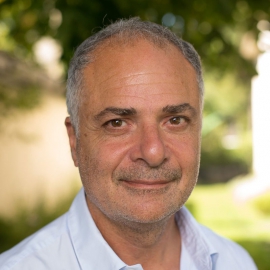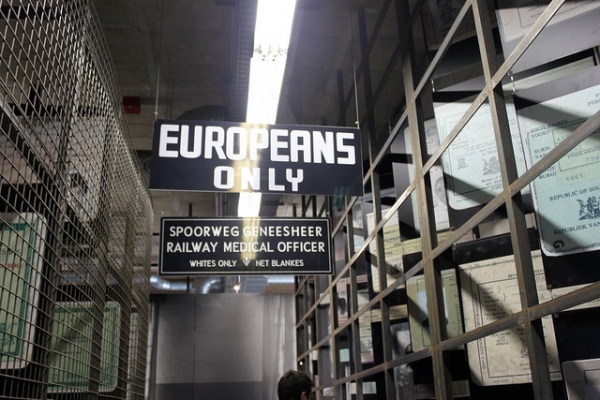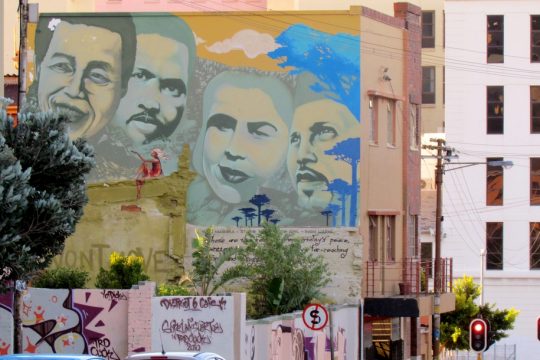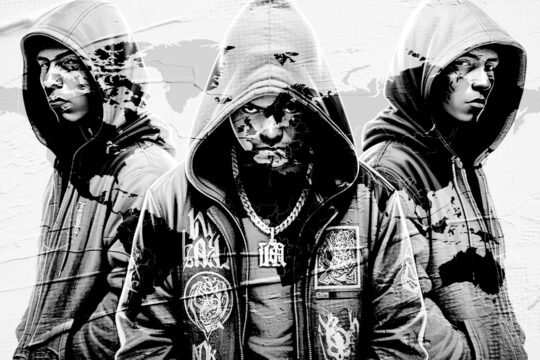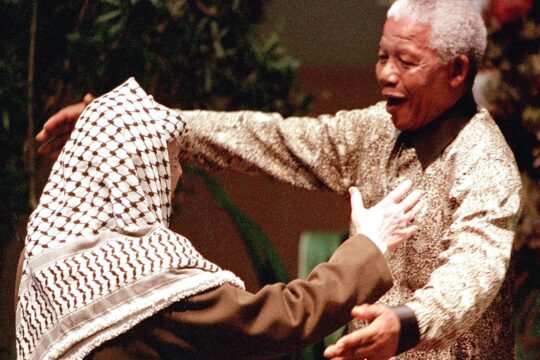Twenty years ago South Africa’s Truth and Reconciliation Commission (TRC) started work to shed light on crimes committed under apartheid. Hundreds of victims and perpetrators came to testify voluntarily. This TRC is held up as an example, but in South Africa itself, people have mixed feelings about it.
When the first TRC hearing started in the town of East London on April 15, 1996, Commission Chairman Archbishop Desmond Tutu hoped the risk would pay off, so that South Africa would not sink into a bloodbath. Hence his search for a third way, neither impunity nor Nuremberg-like tribunals but instead the offer of a deal to all those who committed crimes between 1960 and 1993: amnesty in exchange for a confession about what they did.
Desmond Tutu linked ethical and strategic forgiveness so that the country would not descend into violence. “We South Africans will survive and prevail only together, black and white bound together by circumstance and history as we strive to claw our way out of the abyss of apartheid racism, up and out, black and white together,” he wrote. “Neither group on its own could make it. God had bound us together.”
Two decades later, what is the legacy of South Africa’s TRC? The country did not descend into civil war. That is clearly the most important thing, and the TRC played a key role. In retrospect, it was far from clear at the time that the transition would be peaceful, and that is often forgotten. The Commission’s six-volume report documents the criminal nature of the apartheid regime, as well as the abuses committed by ANC and Pan-African Congress activists. Its conclusions are today accepted by most of the population, opening the way for multiracial democracy. The deal that the TRC offered perpetrators produced results, allowing many families to learn how their loved ones died, to have their bodies found and start laying their grief to rest. In addition, hardly any acts of vengeance were recorded.
Grey areas
However, these successes should not allow us to forget the grey areas. In recent days, Desmond Tutu has himself admitted that the TRC left “unfinished business”. Whilst some perpetrators of crimes testified to get amnesty, others chose to remain silent, at the risk of being prosecuted in the criminal courts and punished severely. Twenty years later, it seems their decision paid off, since they have benefitted from total impunity. This has provoked anger among the victims’ families, some of whom still have no information on the whereabouts of their loved ones’ bodies. Four police officers will finally be prosecuted this July for a political assassination in 1983. This will be the first such case, reflecting lack of political will on the part of the authorities. As for reparations, they were both little and late, which is one of the great frustrations with the TRC.
There are two fundamental criticisms levelled at the Commission. The first is that whilst there was a requirement for not only truth but also justice for perpetrators, this was rejected by the Constitutional Court in the name of reconciliation. The second criticism is that it looked mainly at the perpetrators of crimes but not at the racist essence and dehumanizing practices of the apartheid regime, which exploited the black majority economically to enrich the white minority. That was no doubt the price to pay to maintain Africa’s most important economy and not make the mistakes of Zimbabwe, where vengeance against the white minority led the country to ruin.
A fundamental lesson of South Africa’s experience is that it devised a special mechanism linked to its own history that aimed to reconcile two apparently contradictory imperatives: justice for victims and a peaceful transition. Explaining the amnesty law, the Constitutional Court quoted the words of Kant who said that "out of the crooked timber of humanity no straight thing was ever made".

